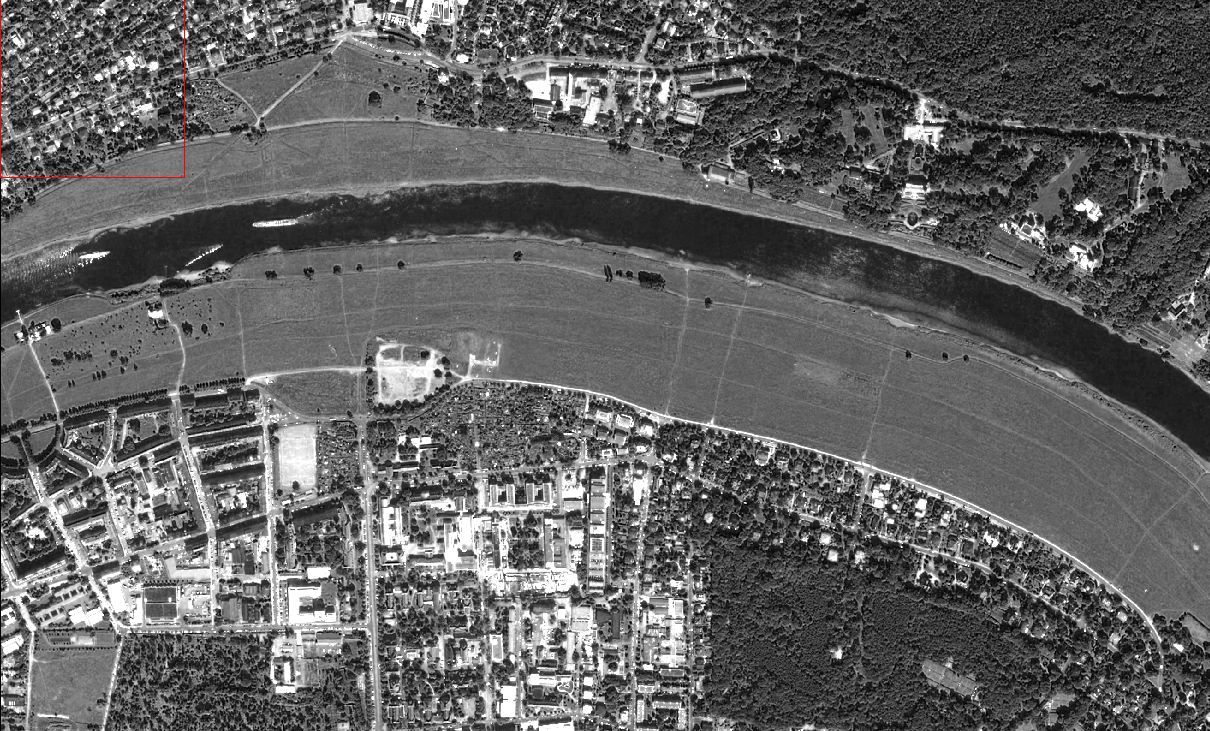| Started in: | 2010 |
| Contact person: | Ralf Reulke, Marcello Maria Giovenco, Gianluca Giaquinto |
| Staff involved: | Marcello Maria Giovenco, Gianluca Giaquinto |
| Fusion of optical and radar images for image quality analysis | |
The information of an image can be improved by fusing images coming from the same or from different satellites. Within the satellite image analysis optical and radar images have distinct characteristics: optical images give more complete semantic information whereas radar ones, being independent from the illumination conditions are more suitable in case of clouds or night vision. This is the reason why optical and radar images are widely used in multi-sensor image fusion. In this paper we will focus on prerequisites for fusion. The improvement shall be measured in terms of information content. The information content (IC) can be derived by the data providing that the sensors noise, the spatial and spectral resolutions be adequate to the task under consideration. In other words the information in images is strongly dependent on the system performance or the image quality (IQ). Since the additional use of radar data often gives an insignificant improvement in the final result, we expect an appreciable enhancement of IC in the fused image using IQ comparable sets of optical and radar images. In this contribution the IQ is evaluated through National Image Interpretability Rating Scale (NIIRS), a human-eye-based imagery rating scale, from 0 to 9 in order to assess the quality of pristine and fused images in terms of interpretability and possibly make some comparisons. The General Image Quality Equation (GIQE) is the worldwide recognized standard equation for computing NIIRS and for this goal the calculation of its parameters as Ground Sample Distance (GSD), Relative Edge Response (RER), Signal-to-Noise Ratio (SNR), etc. has been performed. The chosen fusion algorithm was the Principal Component Analysis (PCA) applied on different sets of optical and radar images.
The image shows a radar image of the City of Dresden:

© 2025 - Computer Vision, Department of Computer Science, HU Berlin - - Legal Notice


